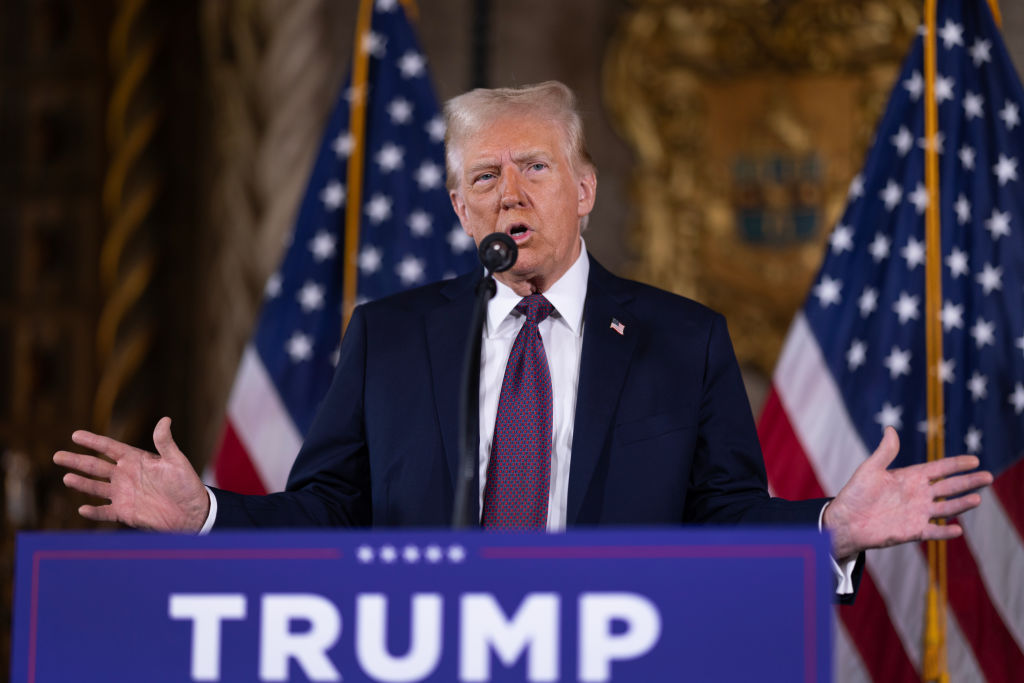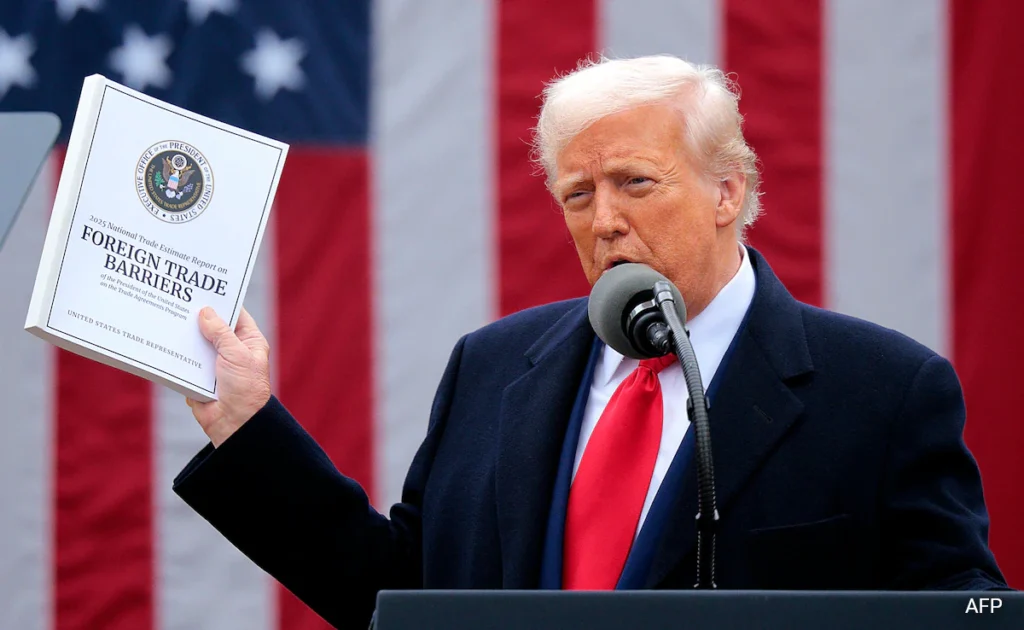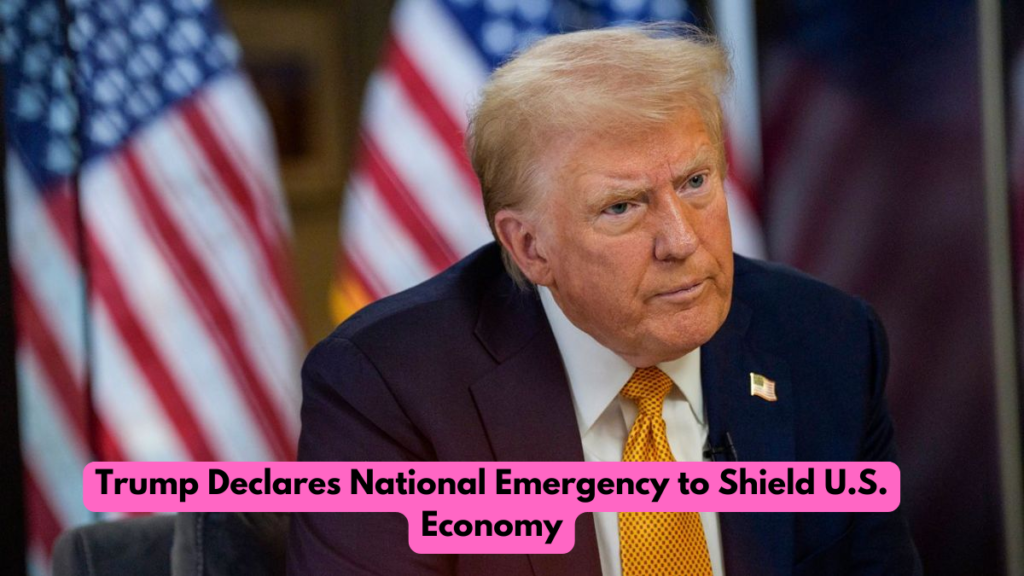President Donald Trump declared a national economic emergency on April 2, 2025, as part of sweeping measures to shield the American economy from what he called “unfair foreign trade practices.” The declaration allows the administration to impose broad tariffs on nearly all imported goods, aiming to reduce trade deficits and revitalize domestic manufacturing.
A “Liberation Day” for American Industry
During a televised address from the White House, Trump described the moment as “Liberation Day,” promising that the new policies would lead to “economic independence and prosperity” for American workers.
“We are no longer going to let foreign countries rob us blind,” Trump said. “For decades, our trade deals have been one-sided and devastating to American jobs. That ends now.”
Under the emergency order, the administration introduced a baseline 10% tariff on all imported goods, with certain countries facing much steeper rates based on their trade relationship with the United States.
Country-Specific Tariff Breakdown
- China: 34%
- European Union countries: 20%
- Vietnam: 46%
- Japan: 24%
- South Korea: 25%
- Canada and Australia: 10%
The new tariffs are expected to take effect on April 5, 2025, and will be enforced under emergency powers granted to the President through the International Emergency Economic Powers Act (IEEPA). You can read more about the IEEPA on the U.S. Department of the Treasury website.
Market Reaction and Economic Concerns

The announcement triggered a swift reaction in the financial markets. The Dow Jones Industrial Average dropped more than 800 points in after-hours trading, as analysts warned of potential inflation and a slowdown in consumer spending due to rising import costs.
Many economists caution that the tariffs could result in higher prices for everyday goods like electronics, clothing, and food, while straining diplomatic and trade relations.
“Tariffs are essentially taxes on consumers,” said Peter Johnson, a senior economist at the Brookings Institution. “While protecting certain industries, they risk broader economic harm—particularly if retaliatory measures follow.”
Global and Domestic Backlash
The move has drawn strong criticism from several U.S. allies and trade partners. The European Union signaled that it may close its markets to American goods in response. Meanwhile, Australia, which now faces a 10% tariff, called the action “not the act of a friend.”
In the U.S., political backlash was swift and bipartisan. A resolution to terminate the emergency declaration—specifically targeting tariffs on Canadian imports—garnered support from both Democrats and Republican senators.
“This declaration oversteps executive authority and could destabilize our economy,” said Senator Susan Collins (R-ME). “Congress must reassert its constitutional power over trade policy.”
You can read more about Congressional oversight of national emergencies on the Congressional Research Service.
White House Justification
In defending the move, the White House released a statement claiming that foreign competitors have long manipulated trade policies to the disadvantage of U.S. manufacturers. The administration argues that higher tariffs will force a resurgence in American-made goods, increase factory jobs, and reduce dependency on foreign supply chains.
The statement cited a $738 billion trade deficit in 2024 as a reason for invoking emergency measures.
“This is about protecting our sovereignty and our future,” Trump said. “We’re going to manufacture here, build here, and prosper here.”
What Comes Next?

If the tariffs remain in place, their long-term impact on American businesses and households will depend on several factors, including:
- The possibility of retaliatory tariffs from affected nations.
- The ability of domestic industries to ramp up production.
- The influence of Congress in potentially revoking the emergency order.
Legal scholars suggest that Trump’s use of emergency powers may face challenges in court, especially if Congress pushes back. For a breakdown of presidential emergency powers, visit the Federal Emergency Management Agency (FEMA) and National Archives.
Conclusion
President Trump’s economic emergency declaration marks one of the most aggressive shifts in U.S. trade policy in decades. While the administration touts it as a turning point for American industry, critics warn of market volatility, higher consumer prices, and potential isolation from global markets.
With the new tariffs set to take effect within days, all eyes will be on both international response and Congressional efforts to push back against the sweeping measures.

Vikas is a seasoned finance writer with a keen eye for unraveling complex global financial systems. From government benefits to energy rebates and recruitment trends, he empowers readers with actionable insights and clarity. When he’s not crafting impactful articles, you can find him sharing her expertise on Social Media. You can connect with him via email at [email protected].









